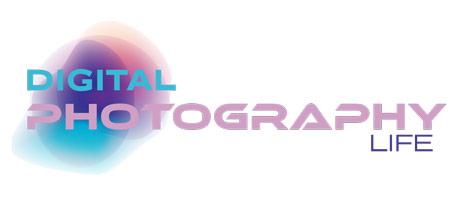Lighting
noun
- The arrangement or quality of illumination used when capturing a photograph.
- A critical element in photography that influences exposure, mood, and visual appeal.
- The natural or artificial light sources employed to illuminate a subject or scene.
Introduction
Lighting is one of the most fundamental aspects of photography. It plays a critical role in determining the quality of an image by affecting its exposure, contrast, texture, and color. Light can emanate from various sources, such as natural daylight, artificial lights like lamps or studio strobes, and even from electronic displays. Understanding how to manipulate and work with light is crucial for producing compelling photographs.
Types of Lighting
Natural Light
- Direct Sunlight: Bright and harsh, creates strong shadows and high contrast.
- Overcast Light: Soft and diffused, minimizes shadows and reduces contrast.
- Golden Hour: Occurs shortly after sunrise and before sunset, providing soft, warm light.
Artificial Light
- Tungsten Light: Found in most indoor settings, gives off a warm, yellowish glow.
- Fluorescent Light: Often found in commercial settings, emits a cooler, bluish light.
- LED Light: Versatile and energy-efficient, usually adjustable for color temperature.
Mixed Light
- A combination of various light sources, often requiring white balance adjustments to achieve color accuracy.
Factors Influencing Lighting
Direction
- Front Lighting: Illuminates the subject head-on, often resulting in fewer shadows but also less texture.
- Back Lighting: Light source is behind the subject, creating a silhouette or halo effect.
- Side Lighting: Highlights texture and form by casting shadows across the subject.
Intensity
- Hard Light: Creates sharp shadows and high contrast.
- Soft Light: Produces softer shadows and lower contrast.
Color Temperature
- Measured in Kelvin (K), color temperature can range from warm (low K) to cool (high K) and affects the mood and atmosphere of a photo.
Practical Applications
Portrait Photography
- Soft, diffused light is often preferred to eliminate harsh shadows and bring out skin tones.
Landscape Photography
- The quality of natural light can dramatically impact the appearance of landscapes, with many photographers preferring the golden hour for its warm tones.
Product Photography
- Controlled artificial lighting is often used to highlight the features and details of a product.
Summary
Lighting is an elemental aspect of photography that has profound effects on the exposure, mood, and overall quality of an image. Understanding the different types, directions, and qualities of light enables photographers to make informed decisions about how to shoot various subjects in multiple settings. Whether you’re aiming for a dramatically lit portrait or a naturally illuminated landscape, grasping the nuances of lighting can significantly elevate your photography.
